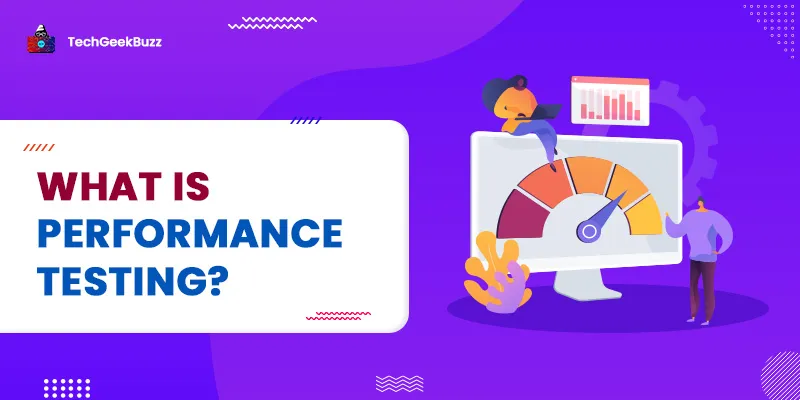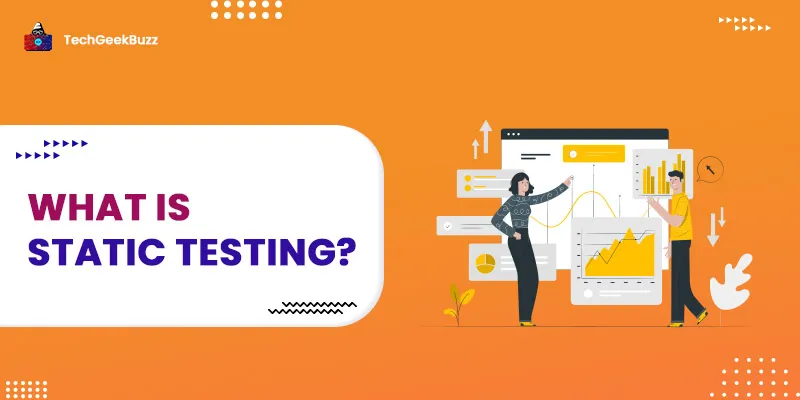Software development life cycle ( SDLC ) has made the process of developing software products easier than ever before. It serves as a framework that organizations leverage with the aim to deliver first-rate software products in less time and at a reduced cost. It divides the entire software development process, from concept initiation to deployment and maintenance, into different phases, which lowers the complexity of the process.
Furthermore, SDLC is an umbrella term for various approaches to software development, which are generally referred to as models or methodologies. All the SDLC models follow a different approach to designing, developing, testing, deploying, and maintaining software products. However, the goal of each model is to deliver software products that are of high quality and meet customers’ demands.
Among all, the spiral model is one of the SDLC models. It is an SDLC methodology that supports risk handling. As its name suggests, this methodology takes multiple loops to form a spiral shape. It is a combination of the iterative model and the waterfall model.
If you are unaware of the spiral model in SDLC and want to gain insights into it, this article is perfect for you.
In this article, we will make you familiar with what exactly the spiral model is, its phases, advantages, and disadvantages.
So, let us begin our discussion!
What is a Spiral Model? [Definition]
It is one of the SDLC models that combines the waterfall model and the iterative model. The waterfall model follows the linear sequential model that executes the phases of SDLC in a sequential manner, i.e., one after the other.
Meanwhile, the iterative model involves starting to develop a software product with a few requirements, which would be its first version. Later, it iteratively improves the software product by implementing requirements into each evolving version until the software is ready to go live.
The diagrammatic representation of this model entails multiple loops, which take the shape of a spiral and resembles a coil. More importantly, the number of loops solely depends on the risk involved in developing the software product being developed, and project managers are often responsible for deciding the number of loops.
Spiral Model Phases
Each loop of a spiral represents the phase of the software development process. The radius of the spiral at any point indicates the cost required so far for the product development. On the flip side, the angular dimension describes the development progress of the current phase.
Furthermore, the spiral model divides each phase of the software development process into four quadrants, as shown in the figure above. Each phase of this model kicks off with the design goals of the software product and ends with the developer or client reviews on the progress of that phase.
Coming to the quadrants, the following are the four different quadrants of this model:
1. Determining Objectives and Identifying Alternative Solutions
Every phase initiates in this quadrant as it is considered the first one. It involves gathering requirements from the customers or clients and identifying and analyzing them to define the goals at the onset of each phase. In addition, it involves proposing alternative solutions for each phase in case the attempted one fails.
2. Identifying and Resolving Risks
This quadrant involves analyzing all the possible solutions for implementing the current phase and selecting the best possible one.
Further, it involves evaluating the selected solution to identify all possible risks associated with it, such as running out of the budget or parts of the software product that are vulnerable to attacks. Using the most appropriate strategy, all the risks associated with the solution are resolved.
Finally, the outcome of this quadrant is the prototype of the software product based on the selected solution.
3. Building the Next Version of the Product
This is the third quadrant that involves implementing the requirements or features identified in the first quadrant and validating them through software testing . In other words, this quadrant involves developing the usable version of the software product by considering the proposals created in the first two quadrants.
4. Reviewing and Planning for the Next Phase
The fourth quadrant involves testing the newly developed version of the software product. It helps developers understand what went wrong and what worked before proceeding to the next phase. Moreover, it entails planning for the next phase, and the entire cycle repeats till the end of the spiral. The complete software product is developed at the end of the spiral.
Why is the Spiral Model Called a Meta-Model?
Since the spiral methodology encompasses some other SDLC models, we refer to it as a meta-model. A spiral having a single loop represents the iterative waterfall model. In addition, it represents the traditional waterfall model as it follows the sequential approach.
Moreover, we have discussed above that the second quadrant of this model involves building a prototype in each phase. As a result, we can say that this SDLC model leverages the approach of the prototype model.
Furthermore, we can also consider the spiral model as the evolutionary model because the iterations required to develop a complete software product can be thought of as the evolutionary levels.
Why is the Spiral Model Ideal for Risk Handling?
In software development, a risk is any unwanted event or situation that obstructs the successful completion of the software product. The primary feature of the spiral methodology is to handle the unknown and all possible risks involved in the development of the software product.
In addition, this model involves building a prototype in each phase of the development. Though the prototype model supports risk management, it requires the development team to identify all the associated risks at the onset of the development process. However, this is not the case with the spiral methodology.
Every phase of this model involves building a prototype, and all the risks associated with it are identified and resolved.
Hence, the spiral model allows developers to identify risks at any point in the software development process .
Advantages and Disadvantages of the Spiral Model
Every SDLC methodology comes with its own pros and cons, and so does the spiral methodology. Let us now discuss some of the significant upsides and downsides of this model.
Advantages
-
Risk Handling
This model can handle risks at any point in the development process, unlike other SDLC models. Consequently, it is ideal for projects that come with unknown risks after the development process starts. The risk analysis and risk handling features make this model suitable for such sorts of projects.
-
Ideal for Complex Projects
As complex and large projects involve a lot of risks, this model is ideal as it can handle risks at any phase or point of development. Also, it divides a project into small chunks, deals with one feature of the project at a time, and ensures that no requirement is uncovered.
-
Adapts to Changing Requirements
This model accepts changes in requirements or new requirements in any phase of the development process. As a result, the adaptiveness of this model to changing requirements makes it the best fit for projects that have unclear and ambiguous requirements.
-
Customer Satisfaction
Unlike the waterfall model, this model enables organizations to provide their customers with the early release of the software product. As a result, customers can keep track of the software product’s progress in every release. Also, the adaptability to changing requirements ensures that the software product under development meets the customers’ requirements, which, in turn, assures their satisfaction.
-
Easy Cost Estimation
As this model involves building prototypes progressively, i.e., in every phase of development, it becomes easier to estimate the total cost required till the end of the development process.
Disadvantages
-
Complex
Unlike all other SDLC models, this model is highly complex. To make the software development successful using the spiral methodology, the development team has to follow all its protocols strictly. In addition, this model involves a lot of work on documentation as there are many intermediate phases.
-
High Cost
This model is highly expensive and is not advisable to use for developing small and simple projects.
-
Excessive Dependence on Risk Analysis
Risk analysis is the primary factor for the successful completion of the software development process. As a result, this model requires highly skilled and experienced experts to carry out the risk analysis. Otherwise, it may result in a failure.
-
Difficulty in Managing Time
As the number of phases required is unknown at the onset of development, it is pretty challenging to manage and estimate the total time required to develop the software product.
Conclusion
This brings us to the end of our discussion on the spiral model. It is one of the SDLC models known for risk management and is ideal for complex projects. It combines the waterfall and iterative models to develop software applications. Also, we call it meta-model as it subsumes various other SDLC models, including the prototyping model, classic and iterative waterfall models, and evolutionary model.
This model has made it easy to estimate the total cost required for developing the software product. Moreover, it ensures maximum satisfaction and adapts to changing requirements. But, it requires experienced experts for risk analysis.
If you have any doubts regarding this topic, feel free to post them in the comments section.
People are also reading:
![What is Spiral Model in SDLC? [Phases, Pros, and Cons]](/media/new_post_images/Spiral_Model_in_SDLC.webp)


![What is Waterfall Model? [Phases, Pros, & Cons]](/media/new_post_images/Waterfall_Model.webp)

Leave a Comment on this Post